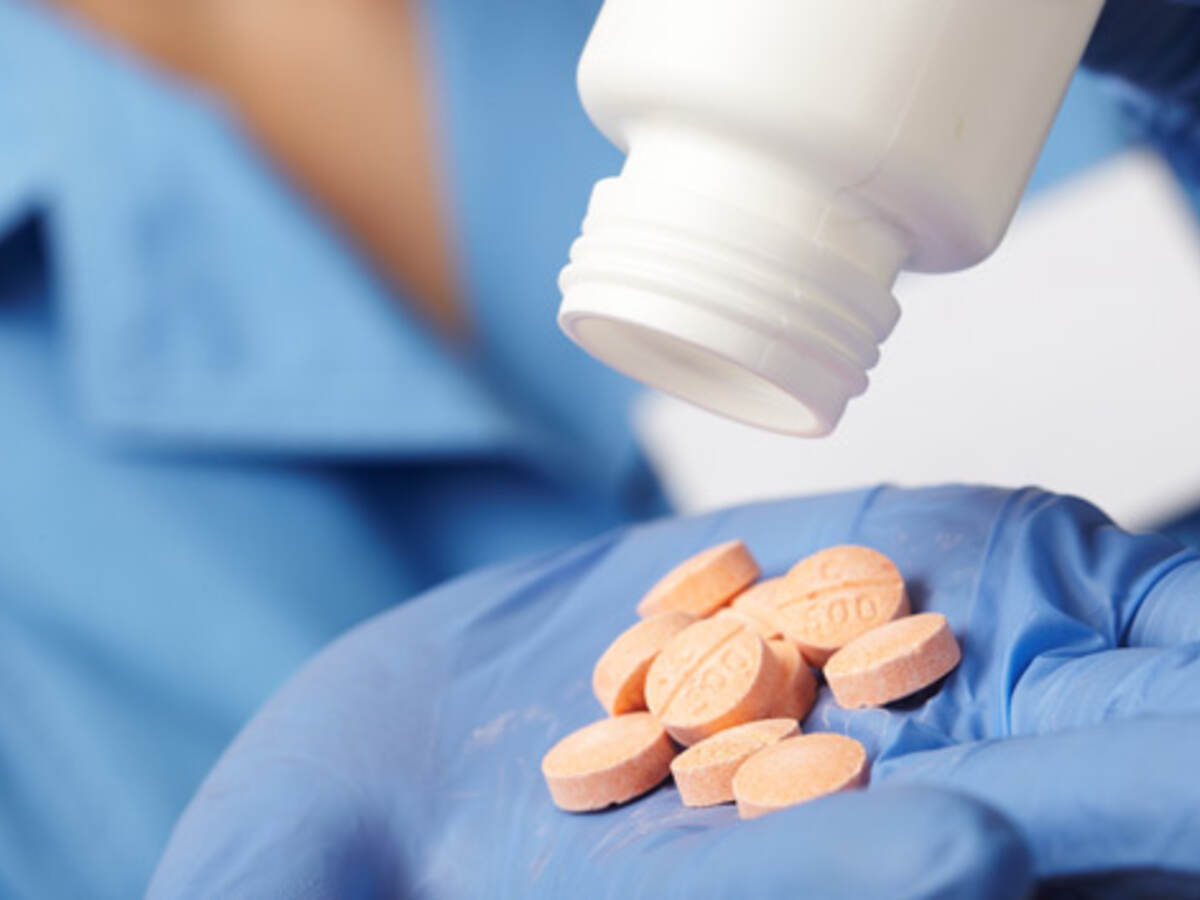March 22, 2016
This time of year, as cold and flu season intensifies for most of North America, millions of people will be reaching for vitamin tablets or specialty dietary supplements to provide necessary nutrients that their diets may be lacking.
But, is the vitamin supplement in a bottle really what the label says it is, at the potency levels claimed? For a consumer, it can be hard to tell.
Companies producing dietary supplements must navigate a complicated supply chain ecosystem and set of manufacturing processes that make it difficult to verify both the ingredients in the product and the labels on the final product. In response, UL began offering a verification program for the dietary supplement industry in early 2015.
The program builds upon UL’s more than 50-year history of quality-assurance work in the dietary supplement industry
“Our program is designed to ensure customers are producing the highest-level products and meeting U.S. regulations,” explained Mike O’Hara, general manager of UL’s global nutraceuticals business. “The FDA encourages third parties, such as UL, to help the industry.”
The first step is to verify that the raw products coming into a facility are what suppliers say they are. Even for industry experts, this is a near-impossible task outside of a lab environment. Consider that when ground to an ultra-fine state for vitamins or supplements, shredded apples can look the same as grass clippings.
To test ingredients, UL technicians use a number of industry-approved and time-tested methodologies. One promising method is DNA testing, which is used for the food service industry at UL’s lab facilities in Canton, Mass. Typically, technicians use the DNA bar coding test, a relatively new procedure that allows scientists to verify the genome of a food product using short sequences from a sample. These sequences are then compared to an electronic database, much the same way that a bar code quickly analyzes data.
Testing the raw materials in this lab setting is a vital step because the raw ingredients are already highly processed. It has been shown that DNA tests cannot reliably confirm the origin of such highly processed materials.
Moreover, the technicians test for the potency of ingredients. The potency of the raw ingredient, from herbs to fruits to vegetables, determines much of the effectiveness of the final product — which is why this is such a vital step. As the raw ingredients for dietary supplements may require the use of fillers to stabilize the product, which also dilutes it, UL technicians confirm the potency of the main ingredients. These steps can include ultraviolet and visible spectrophotometer; melting point apparatus; or pH meter.
As important as what goes into the product is confirming what is not in the product. UL verifies that the ingredients and final products do not have high levels of contaminants, such as heavy metals. Some amounts of heavy metals have been found in supplements, especially products in which the ingredients are pulverized and placed into a capsule, for instance. Industry standards for all types of supplements products have been established, and UL scientists confirm each product against those standards in the lab.
“The goal of our work,” noted Denise Norden, a UL technical services manager, “is to ensure that what consumers read on the label is the product in the bottle. Consumers can’t visibly tell what’s in the bottle or at what level of potency. And many leading supplements manufacturers want to leverage the UL trust in the marketplace, to provide this assurance to consumers.”
For more information on dietary supplements, visit: https://industries.ul.com/dietary-supplements.

